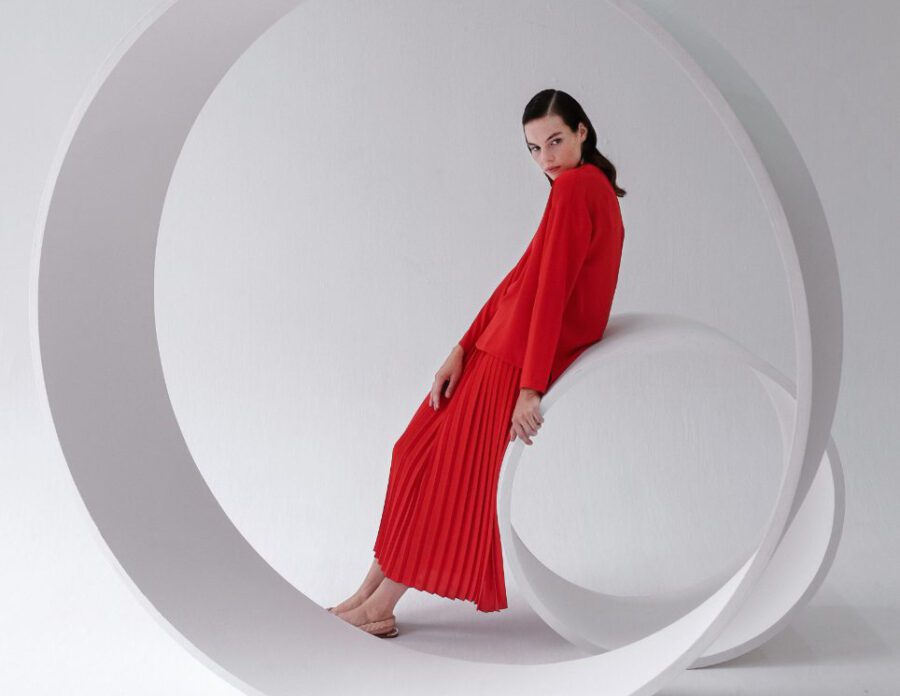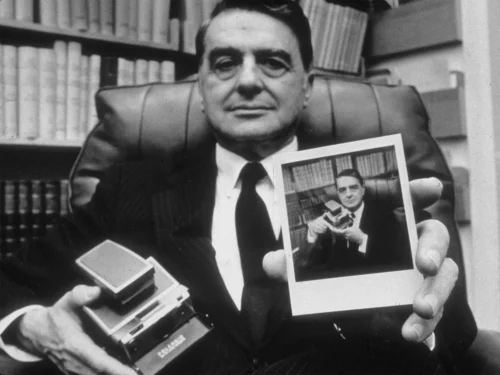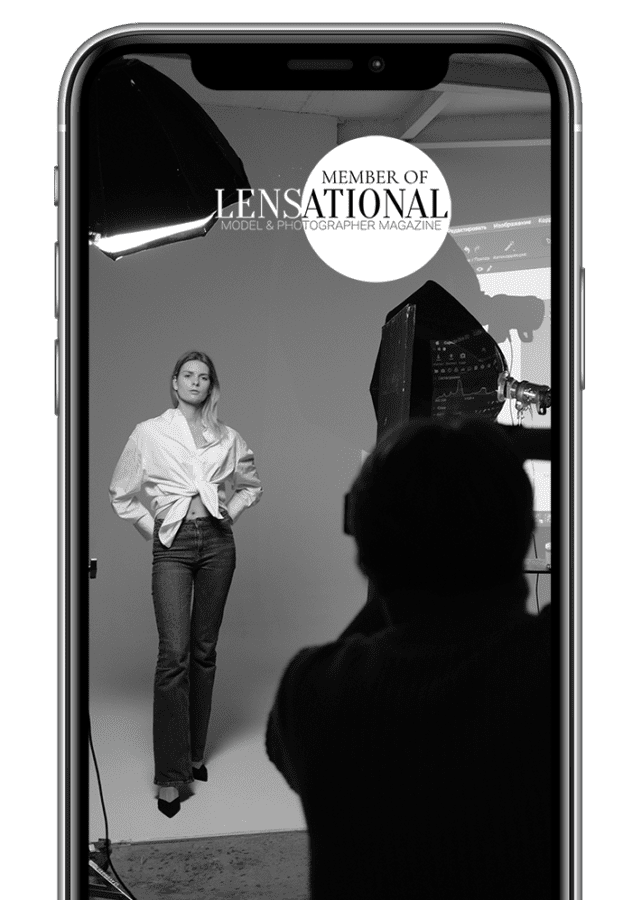Modeling is one of the most competitive industries out there. Not everyone is cut out to be a model, but if you’re willing to put in the work, you may find yourself on the cover of a magazine someday. Read below to find out how to become a photo model.
Get Headshots
If you want to become a photomodel, one of the most important things you need is a great headshot. A headshot is a close-up photograph of your face that is used to showcase your appearance and personality.
It is the first thing that casting directors and agencies will see, so it is crucial that your headshot stands out and makes a great first impression.
To get headshots to become a photomodel, the first step is to find a professional photographer who specializes in headshots. Look for someone who has experience working with models and who understands the requirements for headshots in the industry. You can also ask for recommendations from other models or industry professionals.
Once you have found a photographer, it is important to communicate your goals and vision for the headshots. Discuss the style and mood you want to convey, and any specific requirements you may have.
For example, if you are targeting a specific type of modeling, such as fitness or high fashion, you may want to showcase your physique or wear specific clothing. During the photoshoot, it is important to relax and be yourself.
Your headshot should capture your unique personality and essence, so try to avoid being too posed or stiff. Your photographer should be able to guide you and help you feel comfortable in front of the camera.
After the photoshoot, your photographer will provide you with a selection of images to choose from. It is important to select the images that best showcase your appearance and personality, and that are suitable for the type of modeling you are pursuing. Your photographer may also offer retouching services to ensure that the final images are polished and professional.
Work With Different Photographers
It is essential to work with different photographers. The journey to becoming a successful photomodel can be challenging, and working with different photographers can help you gain valuable experience and exposure to the industry.
Each photographer has a unique style and approach to capturing images, and working with different ones can help you develop your own unique style and technique.
When you work with different photographers, you get to learn various posing styles, lighting techniques, and how to express yourself in front of the camera. This experience can help you build a diverse portfolio that showcases your versatility and range as a photomodel.
It can also help you understand how to communicate with photographers and understand their vision for the shoot.
Another benefit of working with different photographers is that it can help you expand your network and gain exposure to potential clients. Photographers often collaborate with other industry professionals, such as makeup artists, hairstylists, and wardrobe stylists, who may recommend you for future projects.
This exposure can help you gain valuable connections in the industry and increase your chances of booking more modeling jobs.
Working with different photographers can also help you build your confidence and develop your brand as a photomodel. Each photographer has a unique audience and following, and working with different ones can help you gain exposure to diverse audiences. It can also help you develop a strong online presence and social media following, which is essential in today’s digital age.
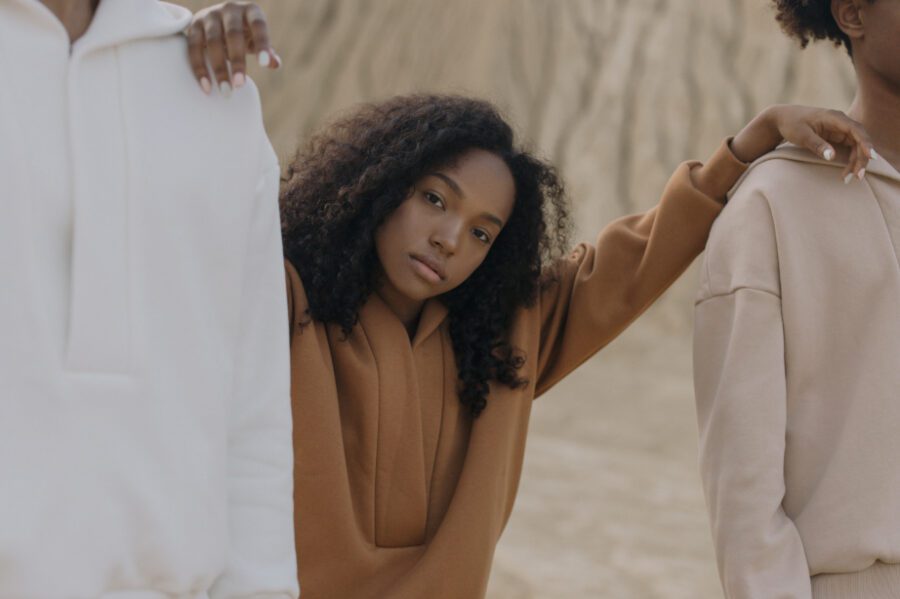
Research Agencies
One of the best ways to get started is by researching agencies that specialize in representing photomodels. To begin your search, you can start by looking online for reputable modeling agencies in your area. You can also ask for referrals from friends or family members who may have connections in the industry.
Another excellent resource is social media, where you can find and connect with photographers and models who may be able to offer advice or guidance.
When researching agencies, it’s essential to look for those that have a good reputation in the industry. Check their website and social media profiles to see if they have a portfolio of successful photomodels they have represented in the past.
You can also read online reviews and testimonials from other models who have worked with the agency. It’s also important to consider the agency’s size and scope. Some agencies specialize in representing high-end fashion models, while others focus on commercial or lifestyle models.
Look for an agency that matches your personal style and goals. Additionally, consider the agency’s location and whether they have a strong presence in your local market or if they have connections with photographers and clients in other cities or countries.
Once you have a list of potential agencies, it’s time to reach out and make contact. Most agencies have an online submission process where you can upload your photos and information. Alternatively, you can attend open casting calls or schedule an appointment to meet with an agency representative in person.
When submitting your materials, be sure to follow the agency’s guidelines and include professional photos that showcase your unique look and style. It’s also a good idea to include a brief bio or resume that highlights any relevant experience or training you may have.
How to Know if a Modeling Agency is Legit
One of the first things you should do is conduct thorough research on the modeling agency. This means reading reviews and testimonials from other models who have worked with the agency in the past.
You can also check the agency’s website and social media presence to determine their level of professionalism and credibility. Legitimate agencies will have a strong online presence and will be transparent about their services.
Another important factor to consider is the agency’s reputation in the industry. A legitimate modeling agency will have a good reputation and will be well-respected by other professionals in the industry. You can check with other models, photographers, and casting directors to gauge the agency’s reputation.
It is also important to note that legitimate modeling agencies will not ask for money upfront. They will instead take a percentage of the model’s earnings once they have secured work for them. If an agency asks for payment upfront or charges exorbitant fees for services, it is a red flag and should be avoided.
Legitimate modeling agencies will not make unrealistic promises or guarantees. They will provide realistic expectations and work with the model to develop their skills and career. If an agency promises immediate success or guarantees work, it is likely a scam.
Finally, it is important to trust your instincts. If something seems too good to be true or if you feel uncomfortable with the agency, it may not be legitimate. Always take the time to carefully evaluate the agency and make an informed decision.

Some Tips To Succeed As a Model
Take care of your physical appearance
One of the most important things you can do as a model is to take care of your physical appearance. This means maintaining a healthy diet, exercising regularly, and getting enough sleep. You should also pay attention to your skin, hair, and nails, as these are all important aspects of your overall look.
Regular visits to the salon and skincare routine can help keep your skin looking healthy and radiant. You should also avoid smoking and excessive alcohol consumption, as these can have a negative impact on your health and appearance.
Practice posing in front of the mirror
Another key factor in becoming a successful model is your ability to pose and perform on camera. This requires a combination of confidence, creativity, and skill. You should practice posing in front of the mirror and experiment with different facial expressions and body positions.
Learning to work with a photographer and taking direction well is also critical, as this is often an important part of the job. You may want to consider taking classes or working with a coach to improve your skills.
Be professional
Professionalism is also essential for models who want to succeed in the industry. This means showing up on time for shoots and meetings, being prepared and organized, and treating everyone you work with respectfully.
You should also be open to feedback and willing to make changes if necessary. Building strong relationships with photographers, agents, and other industry professionals can also help you advance your career.
Understand the industry
It’s important to have a clear understanding of the industry and the type of modeling you want to do. There are many different types of modeling, including fashion, commercial, and fitness, and each has its own unique requirements and opportunities. Researching and networking within your chosen niche can help you find the right opportunities and build your professional network.
Have a great online modeling portfolio
Create Lensational Magazine profile – Have online modeling portfolio that showcases your modeling portfolio and can be accessed by client anytime, anywhere.
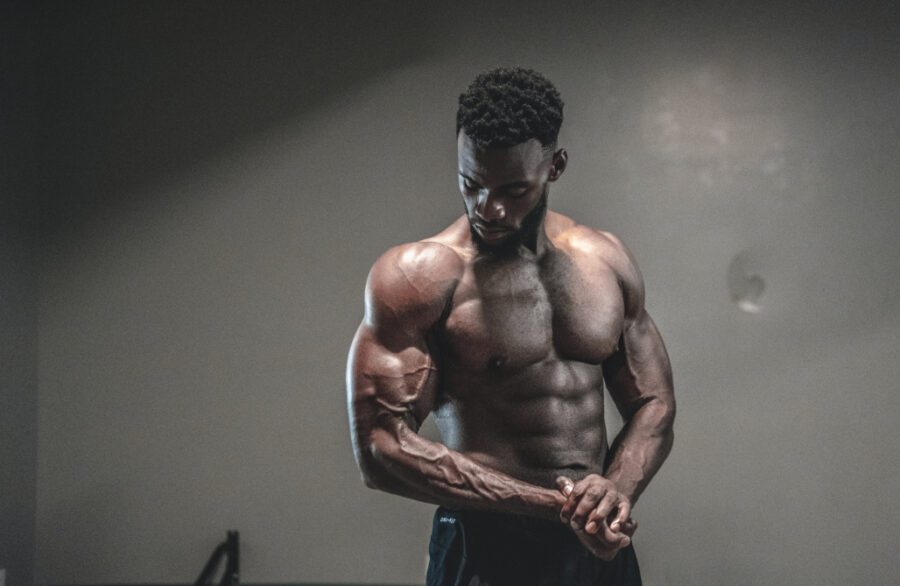
Know Your Modeling “Type”
In the world of modeling, it’s essential to know your “type,” or the category of modeling that best suits your physical features and personality. Knowing your modeling type can help you make informed decisions about the types of jobs to pursue and the agencies that are best suited to represent you.
There are several types of modeling, including fashion, commercial, fitness, and glamour, among others. Each modeling type requires different physical attributes, personality traits, and skill sets, so it’s crucial to identify which type is right for you.
Fashion modeling is perhaps the most well-known type of modeling, and it typically involves modeling high-end clothing and accessories for designers and fashion brands. Fashion models are typically tall and thin, with long legs, high cheekbones, and a unique look that sets them apart from the crowd.
They must also possess excellent posture, walk, and facial expressions to showcase the designer’s vision and create an aspirational image for the brand.
Commercial modeling, on the other hand, is all about selling products or services through advertising campaigns. This type of modeling includes print ads, television commercials, and other forms of advertising.
Commercial models come in all shapes and sizes, and they are chosen based on their relatable look, friendly personality, and ability to sell the product or service effectively.
Fitness modeling is a type of modeling that has been gaining popularity in recent years, thanks to the increased focus on health and wellness. Fitness models typically showcase athletic wear, gym equipment, or supplements, and they are chosen based on their toned physique, healthy lifestyle, and ability to inspire others to live a healthy lifestyle.
Glamour modeling is a type of modeling that focuses on the sensual and seductive side of modeling. Glamour models typically pose for men’s magazines, calendars, and other similar publications, and they are chosen based on their striking looks, confidence, and ability to exude sex appeal.
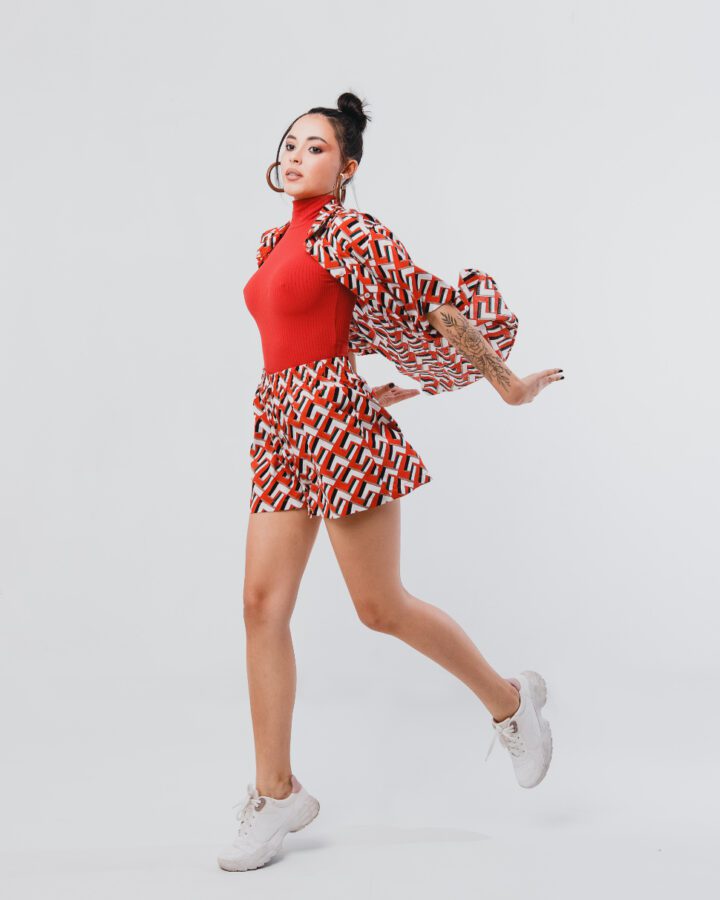
Overall, understanding your modeling type is essential in building a successful modeling career. By identifying your strengths and unique qualities, you can find the right niche in the industry and connect with clients who are looking for your specific look and style.
Whether you’re a high-fashion model or a fitness model, knowing your type will help you achieve your goals and stand out in a highly competitive industry.
Photo Model Salary
The salary of a photo model largely depends on several factors, such as their experience, the type of modeling they do, the location they work in, and the brand they work for.
Generally, photo models are paid on an hourly basis, and their rates vary from one job to another. According to industry standards, an average photo model earns around $150 to $250 per hour. However, experienced models who have been in the industry for a long time can earn much higher, with some earning upwards of $500 per hour.
Photo models who work for high-end fashion brands, such as Chanel or Gucci, can earn significantly more. These models are often contracted for specific campaigns or fashion shows and can earn anywhere from $10,000 to $50,000 per shoot.
These rates are exclusive of any additional expenses such as travel, lodging, and wardrobe. It’s worth noting that photo models are considered freelance workers, which means that they are responsible for their own taxes and benefits.
This can be both a blessing and a curse, as it allows models to have greater control over their careers, but it also means that they must handle administrative tasks such as invoicing and bookkeeping.
Moreover, photo models must also have a solid understanding of industry standards and negotiate their rates accordingly, which can be difficult for those who are just starting out. In addition to hourly rates and campaign fees, photo models can also earn income from other sources, such as sponsorships, endorsements, and social media promotions.
It is important to note that the salary of a photo model is not just determined by their physical appearance or modeling skills but also by their ability to market themselves effectively.
Successful photo models are those who are able to build a strong personal brand and have a significant following on social media platforms such as Instagram, Twitter, and Facebook. This is because brands and companies are increasingly looking for models who can help them reach a wider audience and promote their products or services effectively.
Is it Okay to Have Tattoos or Scars?
The modeling industry has traditionally been known for having strict standards when it comes to physical appearance. Models are expected to have flawless skin, perfect teeth, and a certain body type. In recent years, there has been a shift towards more inclusivity and diversity in the modeling world.
This has led to a discussion about whether it is okay for a model to have tattoos or scars. Tattoos and scars are both marks on the skin that can be seen as imperfections by some. However, they can also be seen as unique and add character to a model’s appearance.
Many models today proudly display their tattoos and scars, and some even make them part of their brand. It can be argued that having tattoos or scars can make a model stand out in a sea of similar-looking models, and can even be seen as an advantage.
That being said, there are still some in the industry who believe that tattoos and scars are a distraction and take away from the clothing or product being modeled. They argue that the focus should be on the clothing or product, not on the model’s appearance.
Additionally, some clients may have specific requirements for their models and may not want them to have visible tattoos or scars.
Ultimately, whether it is okay for a model to have tattoos or scars depends on the specific job and client. Some clients may be more open to models with tattoos or scars, while others may not. It is up to the model to decide whether they want to display their tattoos or scars and how it may affect their chances of booking certain jobs.
How do Model Casting Calls Work?
Model casting calls are a crucial part of the fashion and modeling industry. These events are designed to bring together aspiring models and industry professionals, such as designers, photographers, and modeling agencies.
The purpose of a casting call is to find the right talent for a specific project or campaign. A casting call is an opportunity for models to showcase their skills, personality, and unique qualities that make them stand out from the crowd.
The process of a model casting call typically begins with a call for submissions. This can be done through various channels, such as social media, online casting platforms, or through a modeling agency. Interested models are required to submit their portfolio, headshots, and other necessary information, such as height, weight, and measurements.
Once the submissions are received, the casting director will review them to determine the models who fit the requirements of the project. After the initial screening, the casting director will shortlist the candidates who are deemed suitable for the project. They will then invite these candidates to attend the casting call.
The casting call is usually held at a specific location, such as a studio or a venue, and the models are expected to arrive on time and dressed appropriately. The models may be required to bring specific clothing items or accessories, such as high heels or swimwear.
During the casting call, the models will be evaluated by the casting director and other industry professionals. The evaluation process may include a walk on the runway, posing for photographs, and answering questions about their experience and interests.
The models are expected to be confident, personable, and able to take direction. They should also be prepared to showcase their versatility, as the casting director may ask them to demonstrate different looks or styles.
After the casting call, the casting director will review the models’ performances and determine which models are the best fit for the project. They will then contact the models who have been selected and provide them with further details about the project, such as dates, location, and compensation. The models who are not selected will usually be notified via email or phone.
What Modeling Terms Should I Know?
Booker
This is the person who represents models, negotiates their contracts, and books them for jobs. They are essentially the middleman between the model and the client.
Portfolio
One of the most basic modeling terms you should know is ‘portfolio’. A portfolio is a collection of professional photographs that showcase your modeling skills and versatility. It is an essential tool for any model as it helps them market themselves to potential clients and agencies.
Editorial/Commercial
Editorial modeling is high-fashion modeling for magazines, while commercial modeling is more mainstream modeling for advertisements and commercials. “Fit modeling” is modeling for clothing companies where the model is hired to try on clothes and provide feedback on the fit and comfort.
Go-see
‘Go-see’ is a term that refers to a model’s visit to an agency, designer, or client’s office for a casting or job interview. During a go-see, models are expected to bring their portfolio and showcase their modeling skills and personality.
S-curve, T-pose, catwalk
In addition to these terms, it is also important to understand the various poses and movements that are used in modeling. These include the “s-curve,” “T-pose,” and “catwalk,” among others.
Understanding these poses and movements can help you better communicate with photographers and other industry professionals and can help you to improve your overall performance as a model.
